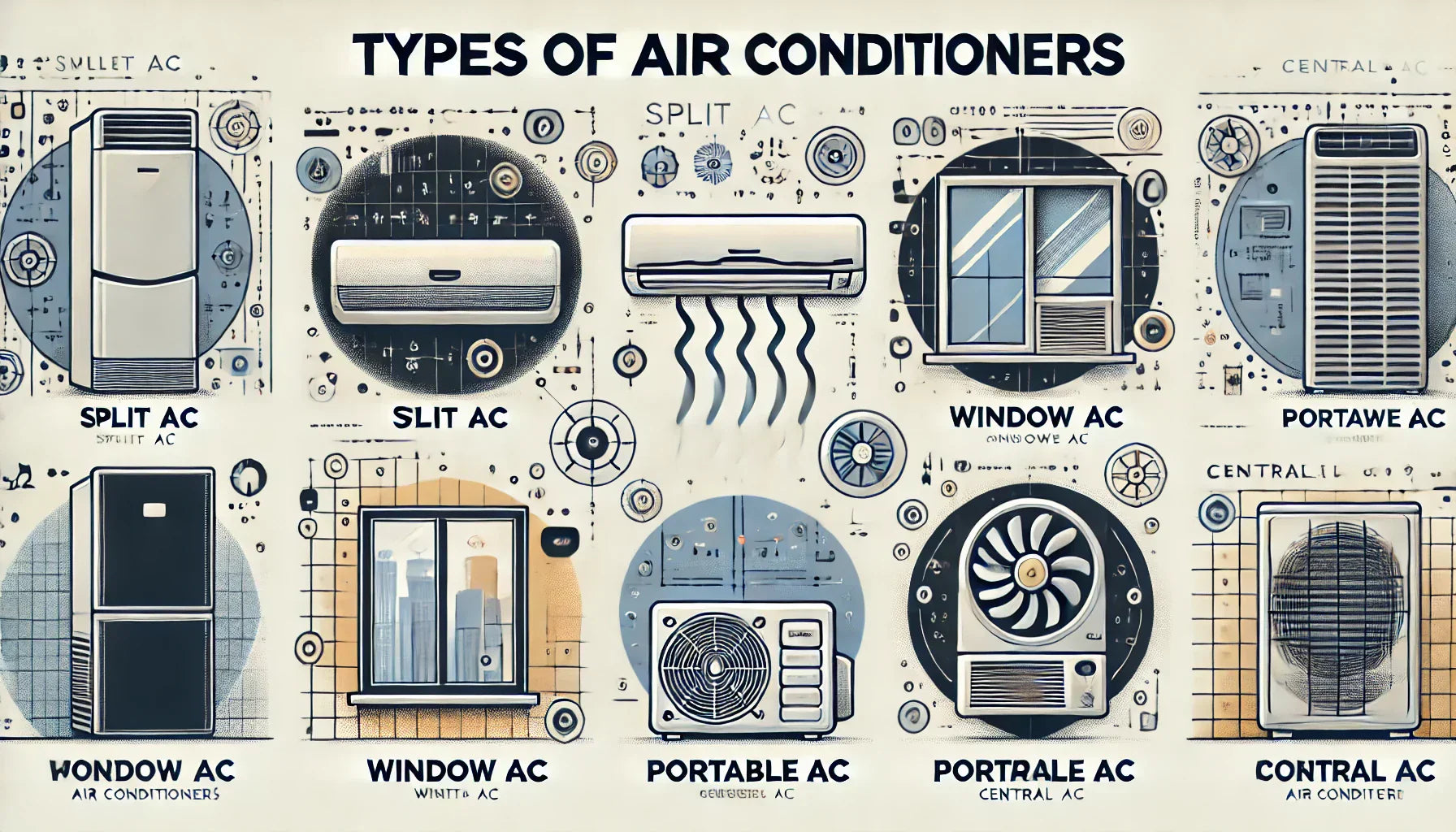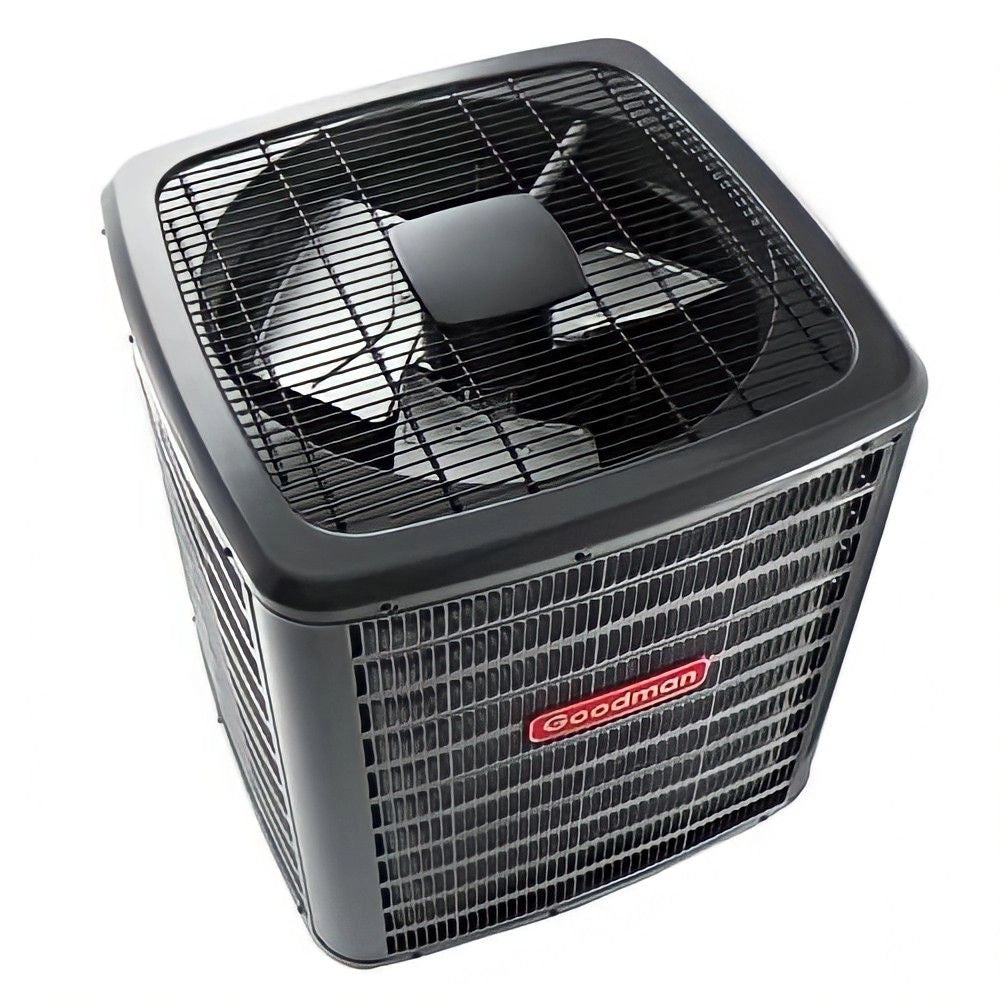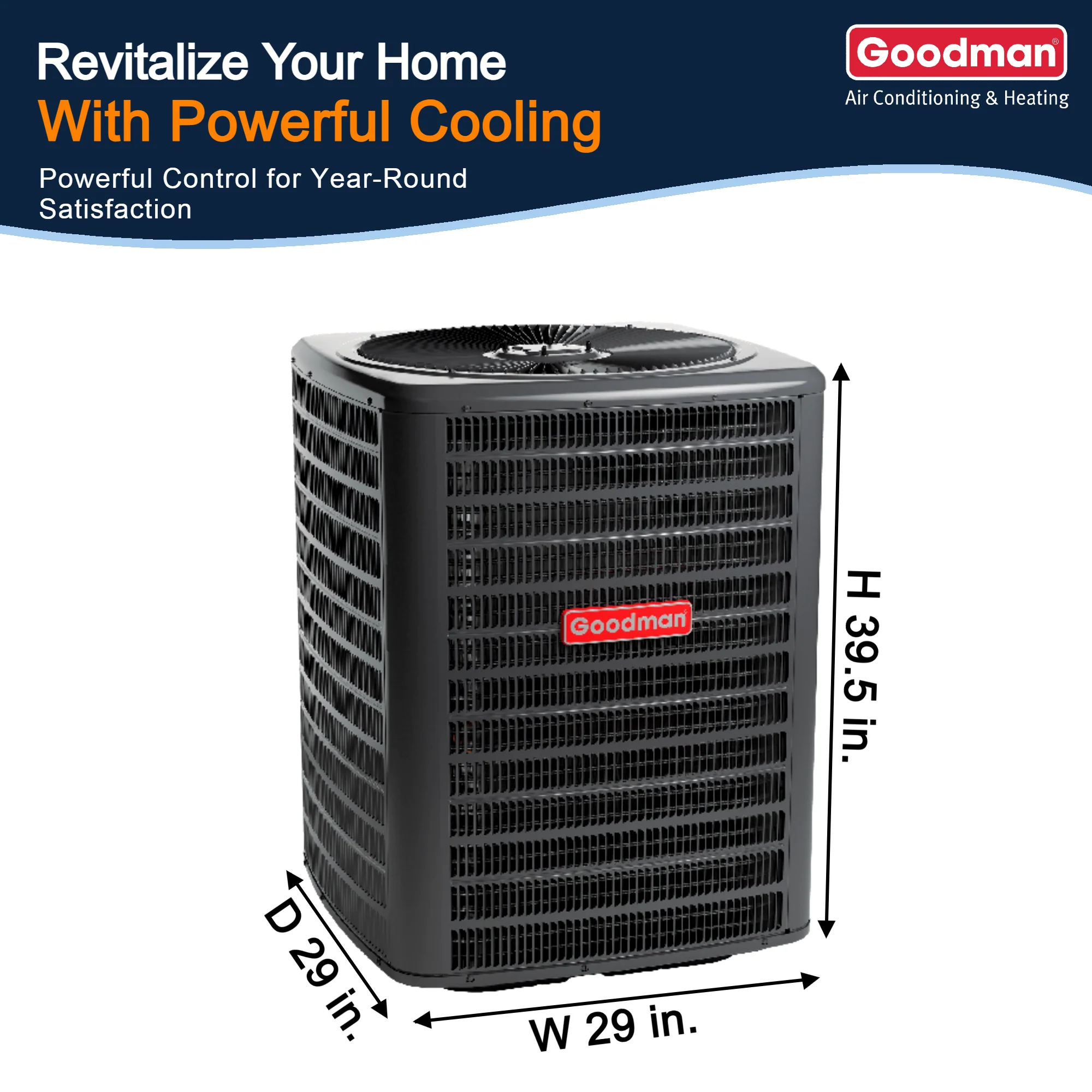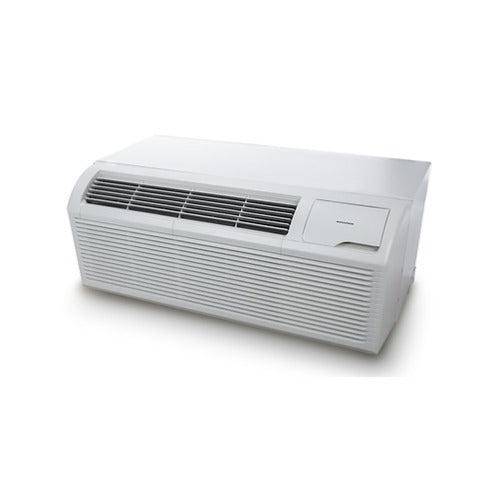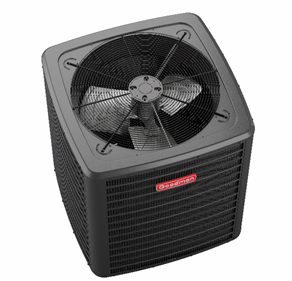Types of Air Conditioners
Selecting the right type of air conditioner depends on several factors, including your home's layout, energy efficiency requirements, and cooling needs. Below, we explore the different types of air conditioning systems, their advantages, disadvantages, and the best models available in 2025.
Central Air Conditioners: How They Work & Best Models
Central air conditioning systems are the most common type of AC for whole-home cooling. These systems utilize ductwork to distribute cooled air throughout the house and typically pair with a high-efficiency furnace or heat pump.
Key Features & Benefits:
-
Consistent Whole-Home Cooling – Central AC provides even cooling across multiple rooms.
-
High SEER2 Ratings for Energy Efficiency – New models offer higher SEER2 ratings for reduced energy bills.
-
Compatible with Smart Thermostats – Can integrate with smart thermostats like the Nest Learning Thermostat.
Top Models in 2025:
-
Carrier Infinity 26 – One of the most energy-efficient central AC units available.
-
Trane XV20i – Offers variable-speed compressor technology for superior humidity control.
-
Lennox XC25 – Features a high SEER2 rating and ultra-quiet operation.
Ductless Mini-Split ACs: Benefits & Best Picks
Ductless mini-split air conditioners are ideal for homes without existing ductwork or for targeted cooling in specific rooms. These units consist of an outdoor compressor and one or more indoor air handlers.
Why Choose a Ductless Mini-Split System?
-
No Ductwork Required – Reduces installation costs and prevents energy loss through ducts.
-
Zoned Cooling for Greater Energy Savings – Each indoor unit can be controlled independently.
-
Ideal for Additions & Renovations – Great for sunrooms, garages, and home offices.
Best Mini-Split AC Units for 2025:
-
Mitsubishi Electric MSZ-FH – Industry-leading hyper-heating technology.
-
Daikin FIT – Features intelligent climate control and whisper-quiet operation.
-
LG Multi F – A cost-effective ductless AC system with WiFi connectivity.
PTAC & VTAC Systems: What You Need to Know
Packaged Terminal Air Conditioners (PTAC) and Vertical Terminal Air Conditioners (VTAC) are commonly used in hotels, apartments, and commercial properties.
PTAC vs. VTAC – What’s the Difference?
| Feature | PTAC | VTAC |
|---|---|---|
| Installation | Wall-mounted unit | Closet-installed vertical unit |
| Noise Level | Louder due to direct installation | Quieter operation |
| Ideal Use | Hotels, assisted living, small offices | Apartments, condos, multi-family housing |
Best PTAC & VTAC Models:
-
Amana PTAC Series – Known for energy efficiency and customizable heating/cooling.
-
GE Zoneline PTAC – Features sound-dampening insulation for quiet operation.
Window & Portable ACs: When to Use Them
Window air conditioners and portable AC units are affordable cooling solutions for small spaces and renters.
When to Choose a Window or Portable AC?
-
Great for Apartments & Dorm Rooms – No permanent installation required.
-
Budget-Friendly Alternative – Lower upfront cost compared to central AC systems.
-
Easy to Move & Store – Portable ACs offer flexibility for seasonal use.
Best Window & Portable AC Units for 2025:
-
Frigidaire Window AC – High EER (Energy Efficiency Ratio).
-
Honeywell Portable AC – Features built-in dehumidification.
Packaged Units: Features & Applications
Packaged air conditioning units contain all components in a single outdoor cabinet, making them ideal for homes with limited indoor space.
Who Should Consider a Packaged AC System?
-
Homes Without a Basement or Attic – No need for an indoor unit.
-
Commercial Buildings & Rooftop Installations – Ideal for businesses requiring large-scale cooling.
Best Packaged AC Models:
-
Rheem Prestige Series – High-performance packaged heat pump system.
-
Goodman GPC14H – Budget-friendly packaged air conditioner with efficient cooling.

